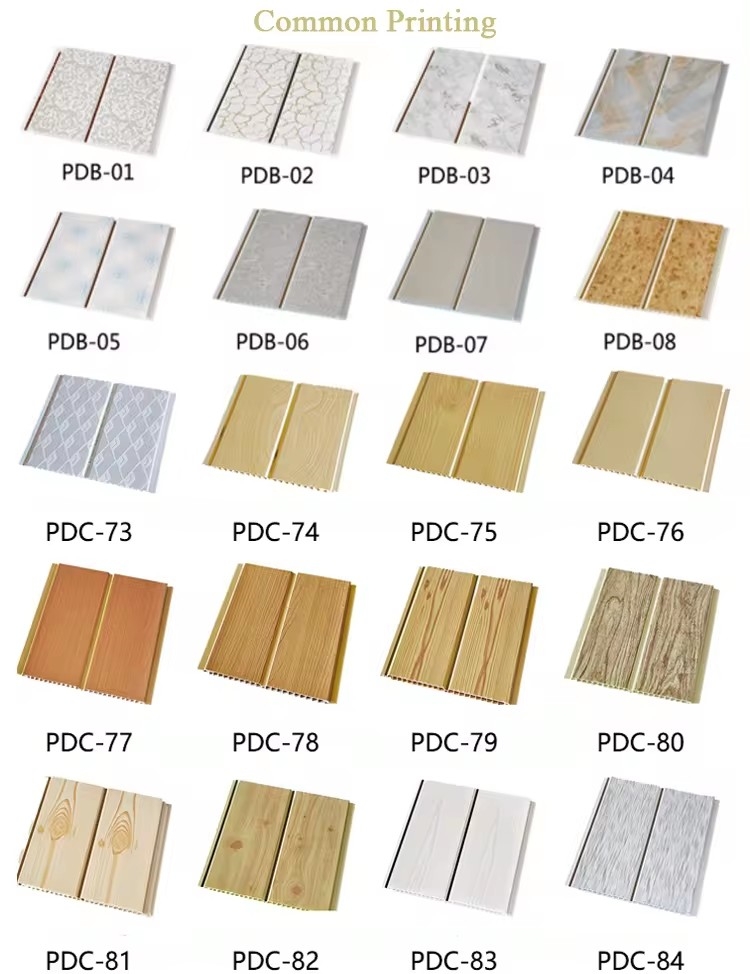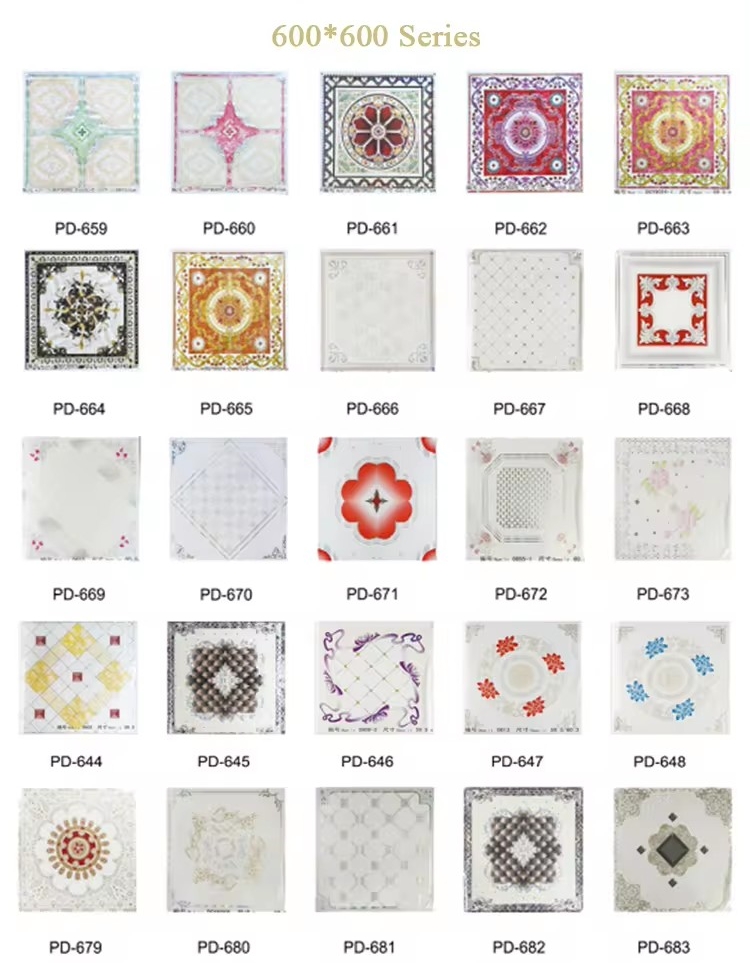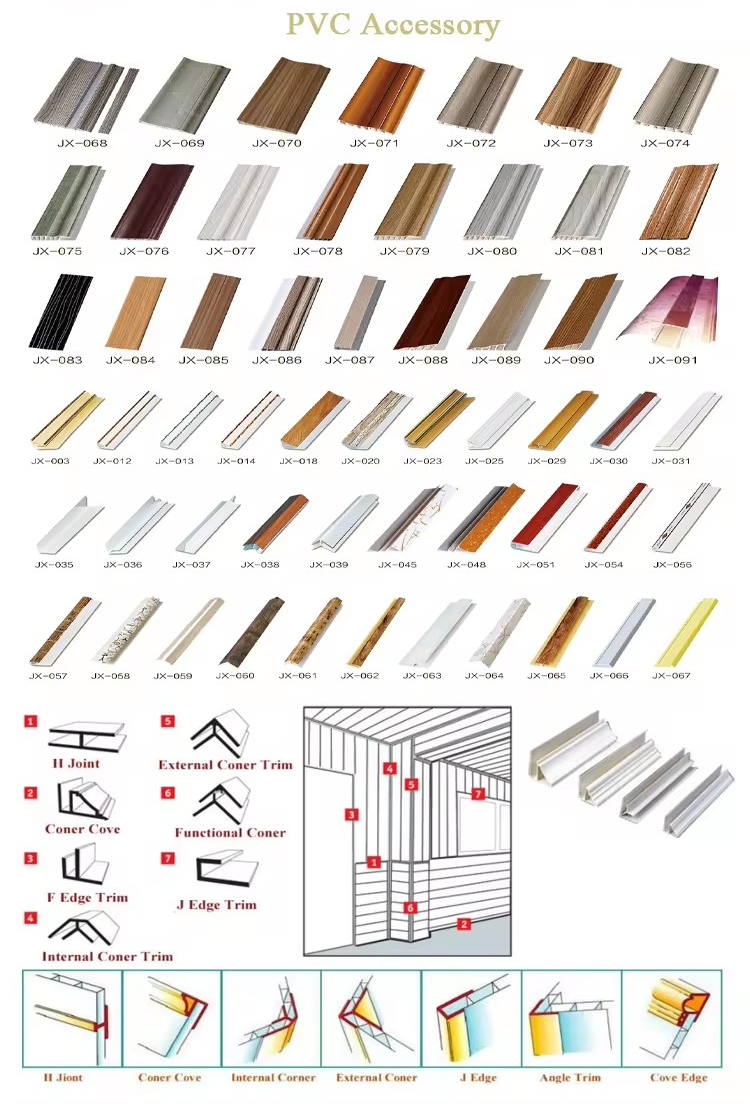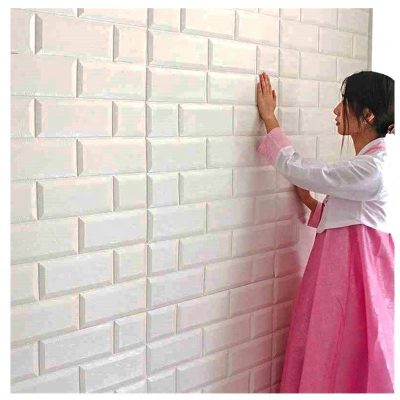
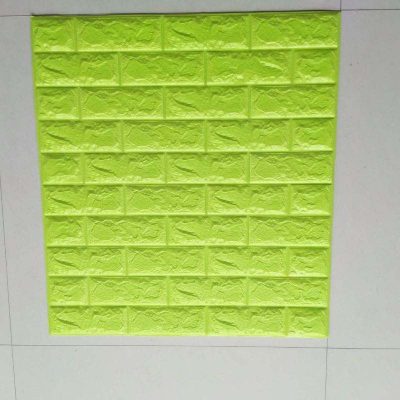
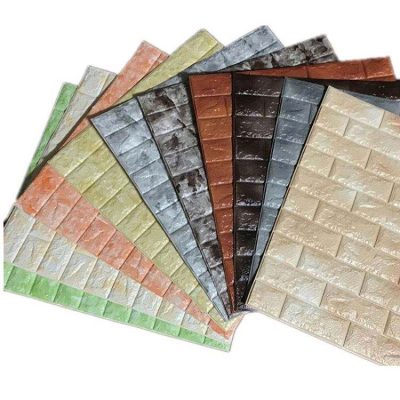

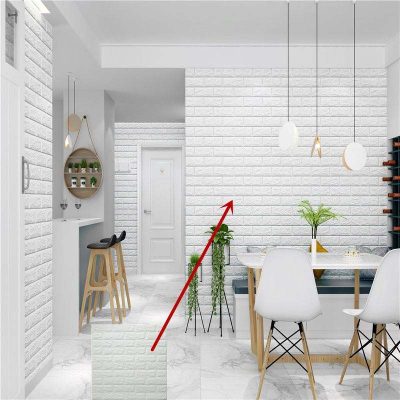
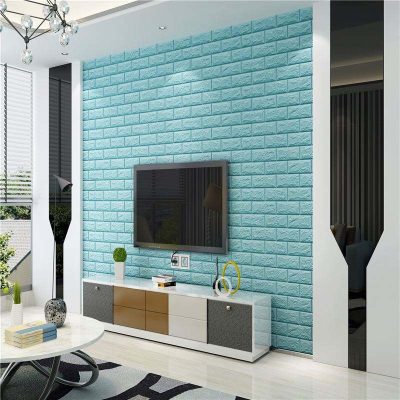
| Item | Styrofoam Ceiling Tiles |
| Size | Dimensions of the Styrofoam ceiling tiles |
| Weight | Weight of each tile |
| Material | Styrofoam (Expanded Polystyrene) |
| Design | Pattern or design embossed on the tiles |
| Finish | Surface finish (e.g., smooth, textured) |
| Installation Method | How the tiles are installed (glue-up, drop-in, etc) |
| Color Options | Available color options for the tiles |
| Fire Resistance | Level of fire resistance (if applicable) |
| Insulation | Thermal and sound insulation properties |
| Price | Cost per tile or per square foot |
| Manufacturer | Company or brand producing the tiles |
Styrofoam ceiling tiles are lightweight and versatile decorative elements commonly used to enhance the appearance of ceilings. Crafted from expanded polystyrene (EPS), these tiles offer a cost-effective alternative to traditional materials like plaster or tin. One of their primary advantages is their ease of installation, as they can typically be affixed directly onto existing ceiling surfaces using adhesive or nails.
These tiles come in a variety of designs and styles, ranging from simple geometric patterns to intricate motifs, allowing homeowners and designers to achieve various aesthetic effects. Additionally, they are available in different finishes, including smooth, textured, or faux finishes that mimic the look of other materials like tin or wood.
In addition to their decorative appeal, styrofoam ceiling tiles also offer practical benefits. They provide a degree of thermal and sound insulation, helping to improve energy efficiency and acoustics within a room. Furthermore, they are resistant to moisture and mildew, making them suitable for use in damp or humid environments such as bathrooms or basements.
Overall, styrofoam ceiling tiles offer an affordable and attractive solution for upgrading and beautifying ceilings in residential and commercial settings, providing a versatile canvas for creativity and design expression while also improving functionality and comfort.
